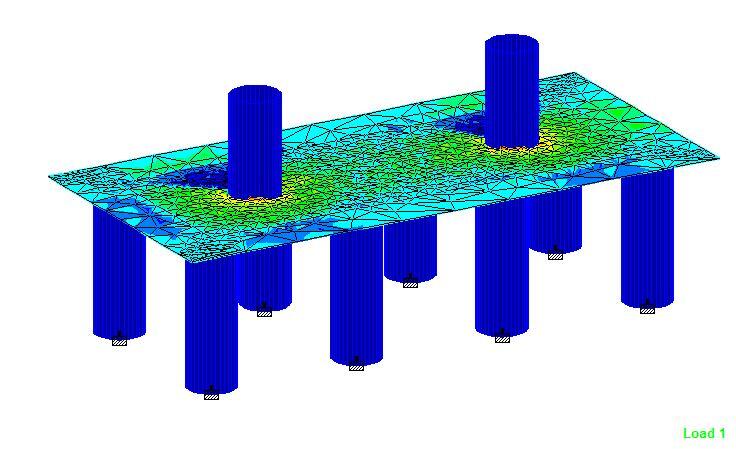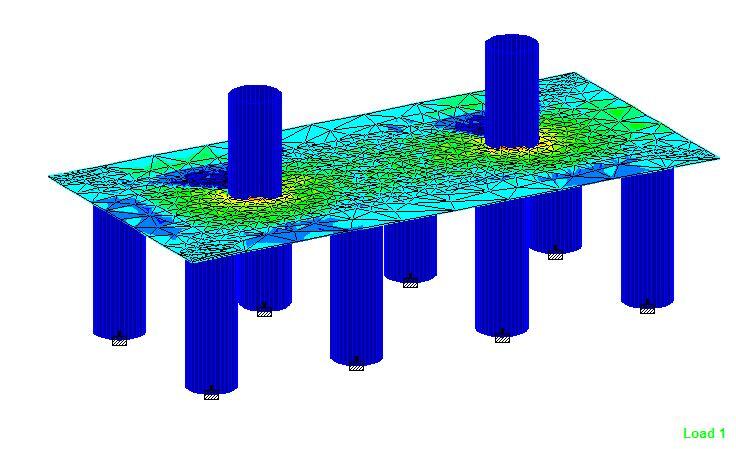In the world of civil engineering and construction, piles play an important role in the support and stability of various structures. Pile testing is an essential process to ensure the safety and reliability of these basic elements. In this article, we will explore the concept of pile testing, its importance, various testing methods, and their contribution to the successful completion of construction projects.
Piles are long, cylindrical structural members made of concrete, steel, or wood that are driven or drilled deep into the ground to support the load of a building or other structure. Before construction, engineers perform pile tests to determine load-bearing capacity and evaluate pile integrity. Proper inspection helps prevent structural failures and ensure the longevity of the building.
As inspection of works is not possible with the naked eye, it is extremely important to carry out the necessary tests to determine the condition of the pile and whether it can withstand the design loads.
Stake Test Types
1. Static Load Test
Static load tests are a widely used method to evaluate the behavior of piles under load. A known static load is applied to the pile and its settlement and deflection are measured. This test allows engineers to analyze the bearing capacity, maximum load capacity and performance of the pile under various loads.
2. Dynamic Load Testing
Dynamic load testing involves applying a shock load to the pile using a hammer or dynamic load tester. The response of the pile is recorded using sensors and this data is then used to determine the pile's integrity and resistance to dynamic forces.
3. Statistical load testing
Statistical load testing is an advanced method that combines aspects of static and dynamic testing. This technique uses a rapid hydraulic jack to apply a continually increasing load to the pile. Statistical tests provide valuable data on pile behavior under different load levels.
4. Acoustic Echo Test (SET)
Sonic echo testing is a non-destructive method for evaluating the integrity and length of piles. It uses the principle of sound waves to measure the time it takes the wave to travel along the pole. This allows any defects or cavities to be identified.


Need for Stack Testing
Testing is critical for several reasons:
- Ensuring structural safety: Tests ensure that the foundation can withstand the expected loads, thus avoiding possible collapses or settlements.
- Verification of design assumptions: Testing verifies the accuracy of design assumptions and allows adjustments to be made if necessary.
- Quality control: Inspection can identify defective piles, design errors or material problems and ensure high construction quality.
- Cost Effectiveness: When determining the ideal pile construction, pile testing can generate savings in material cost and construction time.
Stack Test Method
The stake testing process typically includes the following steps:
1. Preparations before the test
Before carrying out tests, engineers carry out site surveys, evaluate soil properties and determine the pile design. The type of test is selected based on project requirements and soil conditions.
Information on the formation of concrete pores, problems encountered when concreting piles, concrete volume, cleaning conditions, etc. must be taken into consideration before testing.
2. Installation of instrumentation
Sensors and meters are attached to the pole to record your response during the test. These instruments can include strain gauges, accelerometers, displacement transducers, and more.
3. Carrying out tests
The selected pile test method, e.g. B. Static or dynamic load testing is performed in accordance with established protocols. Engineers closely monitor and record the behavior of the pile under load.
4. Data analysis and interpretation
After testing is complete, the collected data is thoroughly analyzed and interpreted. Engineers evaluate the load capacity, integrity and overall performance of the pile.
5. Reports
A comprehensive report will be prepared detailing pile test results, conclusions and recommendations for design changes if necessary.
Pile testing is an indispensable aspect of the construction process that guarantees the safety, stability and durability of structures. By analyzing the load-bearing capacity and integrity of piles, engineers can make informed foundation decisions, contributing to successful construction projects.

